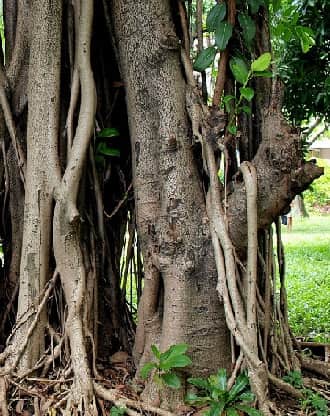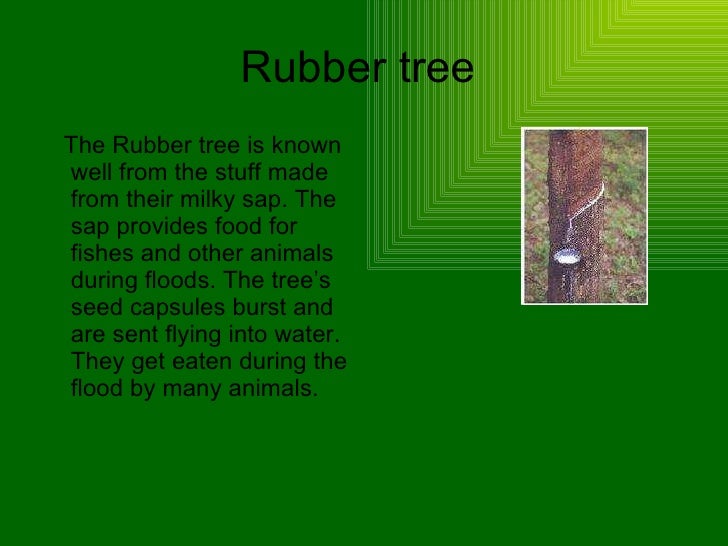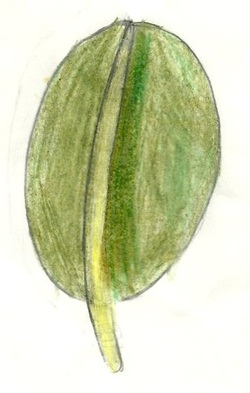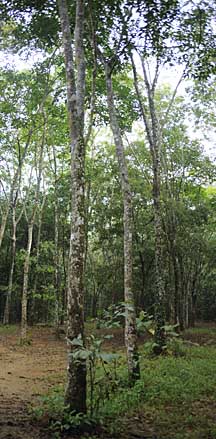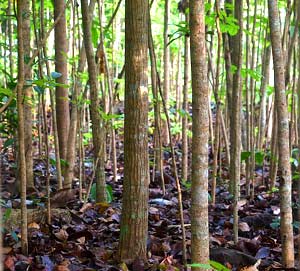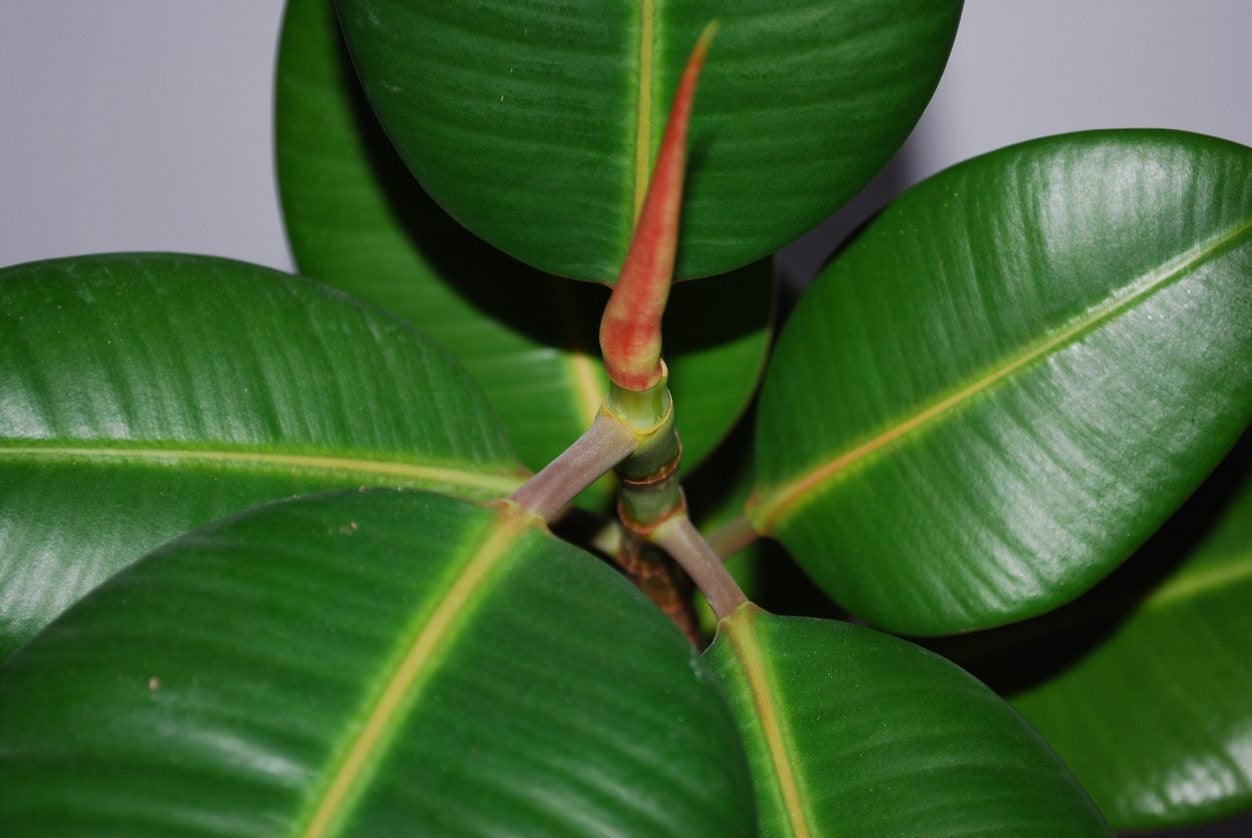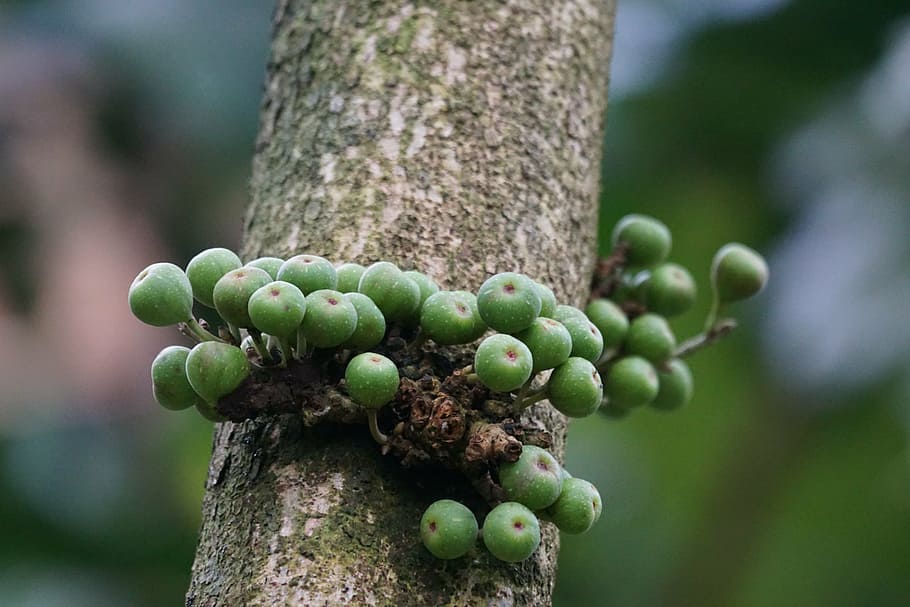What Eats A Rubber Tree In The Rainforest

The rubber tree hevea brasiliensis is a deciduous species native to the rainforests of the amazon basin and found in brazil venezuela ecuador colombia bolivia and peru it is mostly encountered in lowland moist forest habitats including disturbed forest wetland areas and forest clearings.
What eats a rubber tree in the rainforest. Rubber trees are tapped for the milky latex that is used to make rubber. Despite all the predation rubber trees still are among the most common trees in the floodplain forest. Rubber trees are very happy in the rainforest. Hevea brasiliensis the pará rubber tree sharinga tree seringueira or most commonly the rubber tree or rubber plant is a flowering plant belonging to the spurge family euphorbiaceae it is the most economically important member of the genus hevea because the milky latex extracted from the tree is the primary source of natural rubber.
And a large area of bark. Tambaqui destroys the rubber tree s seedlings and eats the nut that are left. In addition to growing in lowland rainforests true to its name the plant can also be found at higher altitude to around 2 000 meters 6 500 ft above sea level. Rubber tree hevea brasiliensis south american tropical tree of the spurge family euphorbiaceae.
In the wild the rubber tree will grow to heights of 100 to 130 feet and can live up to 100 years. Tambaqui love rubber tree seeds so much that they will tear up seedlings to eat the remainder of the nut. Its most famous feature is the milky white sap known as latex which flows freely from the tree when a sliver of bark is removed. It made a major city out of.
The tree is harvested for latex a milky fluid found in vessels in the tree s bark. Cultivated on plantations in the tropics and subtropics especially in southeast asia and western africa it replaced the rubber plant in the early 20th century as the chief source of natural rubber it has soft wood. The leaves of the rubber tree are glossy oval shaped and dark green. They can grow to be 14 inches 35 cm long and up to 6 inches 15 24 cm wide.
In the 1870 s people began harvesting the sap from these trees to make rubber. Believe it or not but a tambaqui is not a. The rubber tree which was first found in the amazon rainforest is now also grown in tropical areas in asia and africa. If a rubber tree could talk it would say don t try to take me away.
It is a rapidly growing tree as are most trees in the tropical rainforest it can sprout 24 inches 60 cm or more each season if it is in the proper environment. A rubber tree also referred to as rubberwood can be tapped for latex once it reaches approximately six years of age. The plant grows as a shrub or tree in tropical rainforest of central and south america. It can reach its full size in.
In a rainforest it rains all year round but the heaviest rain falls between november and april.
